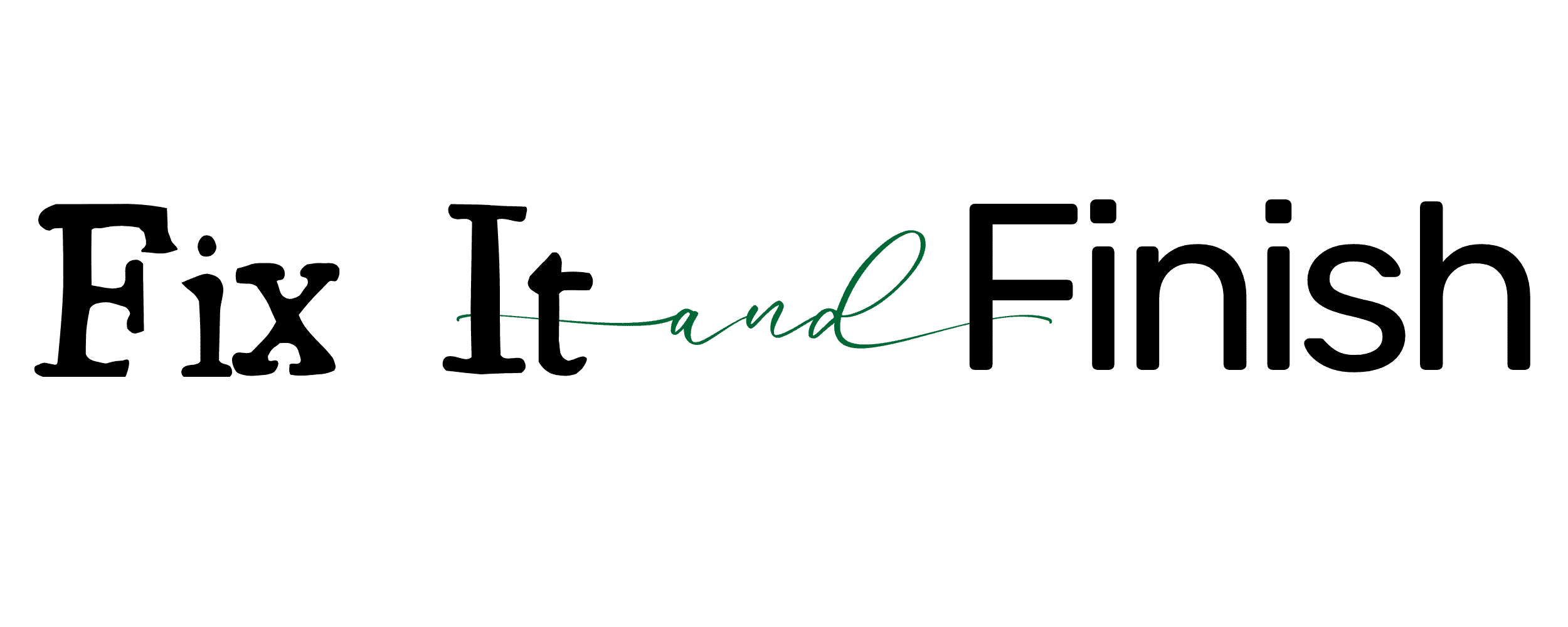Wallboard vs. Drywall – Differences
Wallboard, gypsum board, Sheetrock, gypsum plaster – these are just a few of the terms people use to refer to drywall. But is wallboard and drywall really the same thing? If not- what’s the difference between drywall and wallboard?
Key difference: wallboard is a term that refers to all types of panels that are attached to studs when building walls or ceilings while drywall is a type of wallboard that’s commonly referred to as Sheetrock.
What is wallboard?
Wallboard is a structural material used for sheathing indoor walls and ceilings. Wallboard sheets/panels are constructed by covering a gypsum-based core with paper backings on either side.
According to the Merriam-Webster dictionary, wallboard core can be made of gypsum, plastic, or wood pulp. Some sources also note that the core of the wallboard can be made of multiple layers of fiberboard.
Going by the above definitions drywall is, therefore, a type of wallboard because its core is strictly made of gypsum crystals bonded with water.
Is wallboard the same as drywall?

Wallboard is made of a gypsum core, making it the same as drywall only that there are different types of wallboard, drywall being one of them. The slight difference between the two is that wallboard is a general term for different types of wall and ceiling paneling material.
Buying tip: don’t let brand marketers of drywall panels mislead you into believing that their wallboard is different from drywall. What’s important is to look at the right size for your application, qualities like mold-proofing and fire-resistance code on drywall.
Brands may choose to label their drywall products as wallboard for purposes of product differentiation, often promoting them as being of superior quality as compared to their competitors’ ‘regular drywall products’.
However, this is usually just a marketing gimmick- as the two terms are often used interchangeably in the construction sector.
Wallboard vs. Drywall – Differences
The main difference between wallboard and drywall is the core material. The core of wallboard sheets can be made from a wide range of materials including wood pulp, gypsum, and PVC while that of drywall boards is made of gypsum only.
Here’s a table showing the differences between wallboard and drywall:
| Wallboard | Drywall |
| Wallboard’s core material can be gypsum, wood pulp, wood chips, sawdust, wood scrap, or PVC. | Drywall has a core made of gypsum sandwiched by two paperboards. |
| Wallboard is a general name for different types and brands of wall and ceiling paneling including Sheetrock and its types. | Drywall is a type of wallboard that can be categorized into different types including green board, blue board, purple board, regular drywall, etc. |
Apart from these differences though- wallboard and drywall are literally different ways of referring to the same thing- which is a type of backing board that doesn’t require moisture during installation.
Types of wallboard
There are different types of wallboard (drywall) available on the market today. Depending on your project, you’ll need to choose the right type of wallboard that’s suitable according to the building code. For example, garages and areas with the risk of fire may require 60-120-minute fire-rated wallboards.
Here are the different types of wallboard:
Regular Wallboard
This is the most widely purchased type of wallboard across the globe due to its relative affordability vis-à-vis the other types on this list.
Fire-Resistant Drywall
This type of wallboard has a thicker profile for optimal fire-resistance capability. While regular gypsum boards already boast great fireproofing qualities due to the moisture content inside the core, they can allow fire to spread through them into other areas of the building after about half an hour.
By comparison, fire-resistant drywall will hold up to fires much longer. That’s why fire-rated drywall is recommended for installation as a fire safety measure for indoor walls of commercial buildings with a high potential for fire outbreaks.
Paperless Wallboard
This type of wallboard features fiberglass backing on either side- instead of paper. This makes it the best type of drywall if you’re looking for backing boards that are naturally resistant to rot, mold, and mildew.
Soundproof Wallboard
This type of drywall features additional components in its gypsum-based core for better soundproofing. These materials include wood pulp and plastics. They increase the ability of the wall boards to deflect sound transfer to other rooms. These are recommended for installation in rooms that require noise dampening- such as music studios.
Green Board Drywall
This type of wallboard boasts excellent moisture resistance in comparison to regular wallboard. However, it’s not 100% waterproof and is not recommended for installation in areas where water will directly come into contact with it- such as shower walls. Instead, you should hang this type of drywall in rooms with limited wetness. For instance- you can install it as kitchen backsplash.
Blue Board Wallboard
Just like paperless wallboard, this type of sheathing board also boasts great resistance to rot, mold, and mildew. It’s also moisture-proof- and therefore recommended for installation in very wet areas such as shower walls. There are a few downsides to this type of wallboard though. For instance, it isn’t the best if you’re looking to for drywall that you can paint over.
Purple Drywall
The final type of wallboard is purple drywall, which also has excellent moisture and mold resistance capabilities.
References
- InspectApedia: Beaverboard Identification: Beaverboard & Buffalow Board Wall Sheathing, Insulating Board Identification Key
- University of Washington: Work Practice for Penetrating or Removing Wallboard Systems with <1% Asbestos
